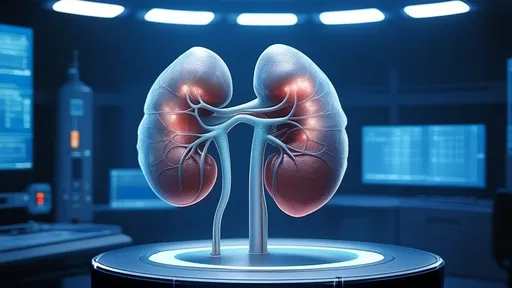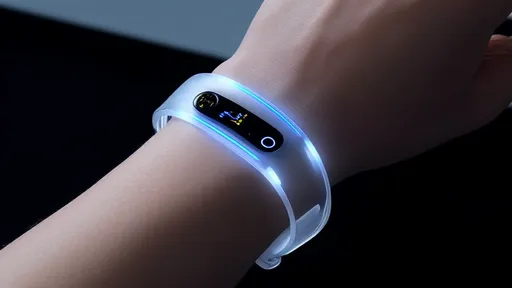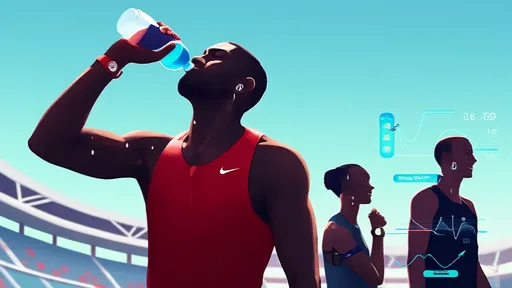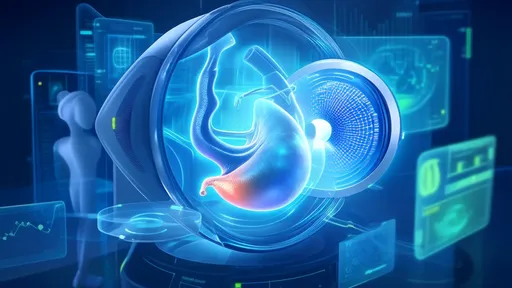The summer sun beats down mercilessly as sweat drips from the brow of a marathon runner pushing through their final miles. Nearby, a soccer team drills under the same blazing sky, their jerseys darkened with perspiration. These scenes, while emblematic of athletic dedication, conceal a silent threat that emerges when ambition outpaces caution - heat stroke.
Heat stroke represents the most severe form of heat-related illness, a potentially fatal condition where the body's temperature regulation fails. Unlike ordinary exhaustion, this medical emergency can escalate rapidly when core body temperature exceeds 104°F (40°C), causing organ dysfunction. For athletes, whose intense exertion generates substantial metabolic heat, the risk multiplies under high environmental temperatures.
Understanding the physiology behind heat stroke reveals why athletes face particular vulnerability. During exercise, muscles produce heat that would normally dissipate through sweating and increased blood flow to the skin. However, in hot, humid conditions, these cooling mechanisms become less effective. Humidity prevents sweat from evaporating efficiently, while dehydration from fluid loss reduces blood volume, forcing the heart to work harder to circulate what remains.
The progression from heat cramps to heat exhaustion to full-blown heat stroke can occur with frightening speed. Early warning signs often go unheeded - muscle cramps, excessive thirst, and fatigue might seem like normal workout discomfort. More alarming symptoms like confusion, slurred speech, or loss of coordination indicate the nervous system is already affected. At this stage, immediate medical intervention becomes critical.
Environmental factors create a perfect storm for heat illness during summer training. The heat index, which combines temperature and humidity, better predicts risk than temperature alone. A 90°F (32°C) day with 70% humidity feels like 106°F (41°C) to the body. Morning practices don't guarantee safety either, as urban heat islands and overnight warmth can maintain dangerous conditions. Synthetic turf fields compound the problem by radiating additional heat, sometimes reaching 180°F (82°C) at surface level.
Certain populations face elevated risks that coaches and trainers must recognize. Athletes carrying extra weight insulate more heat, while those with previous heat illness demonstrate heightened susceptibility. Surprisingly, elite competitors aren't immune - their drive to push limits may override physiological warnings. Preseason proves especially hazardous as bodies haven't yet acclimatized to heat stress.
Acclimatization stands as one of the most effective preventive measures available. The human body remarkably adapts to heat exposure over 10-14 days, increasing sweat efficiency and blood plasma volume. Smart programs gradually increase intensity and duration, allowing physiological adjustments. This process explains why sudden heat waves claim lives even at temperatures athletes later tolerate comfortably.
Hydration strategies require more nuance than simply drinking water. Electrolyte imbalances from excessive plain water intake can cause hyponatremia, equally dangerous. Sports drinks help replace sodium, but their sugar content may hinder rapid fluid absorption. The most effective approach involves pre-hydrating before exercise, consuming 7-10 ounces of fluids every 10-20 minutes during activity, and continuing rehydration afterward until urine runs pale yellow.
Clothing choices significantly impact heat management. Dark colors absorb radiation, while moisture-wicking fabrics enhance evaporative cooling compared to cotton. Some new technologies incorporate phase-change materials that absorb heat, though their practical benefits remain debated. Wide-brimmed hats and UV-protective gear gain importance for outdoor sports with limited shade.
Recognition and rapid response to heat stroke symptoms save lives. When an athlete exhibits confusion, hot dry skin (or profuse sweating), vomiting, or collapse, every second counts. Immediate cooling becomes paramount - immerse the victim in ice water if possible, or apply ice packs to neck, armpits and groin while summoning emergency services. Contrary to myth, drinking fluids won't help someone already in heat stroke; their gut can't absorb them properly during crisis.
Organizations now implement wet-bulb globe temperature (WBGT) monitoring to guide practice modifications. This measurement accounts for temperature, humidity, wind and solar radiation, providing a more comprehensive risk assessment than standard thermometers. Many leagues mandate water breaks every 15-30 minutes when WBGT exceeds certain thresholds, with outright cancellation at extreme levels.
The culture surrounding sports often glorifies "toughing it out" in adverse conditions, but this mentality contributes to preventable tragedies. Coaches play a pivotal role in shifting norms, emphasizing that respecting heat limits demonstrates discipline rather than weakness. Some programs appoint athlete heat safety captains to monitor teammates and voice concerns when conditions deteriorate.
Emerging technologies offer new protective possibilities. Wearable core temperature sensors provide real-time physiological data, though cost and practicality limit widespread adoption. Smart fabrics that change permeability in response to heat show promise for future uniforms. Even simple solutions like portable misting stations or cooling vests between plays can make substantial differences.
Beyond acute dangers, repeated heat exposure may have cumulative effects that researchers are just beginning to understand. Some evidence suggests chronic dehydration and heat stress contribute to long-term kidney damage, particularly in larger athletes. This emerging science may reshape how we view recovery and hydration over entire seasons rather than single workouts.
Education remains the cornerstone of prevention. Athletes must understand that heat illness isn't simply discomfort - it's a systemic failure that can permanently damage organs or prove fatal. Recognizing that productivity declines in extreme heat helps reframe rest as performance-enhancing rather than time wasted. Proper sleep, nutrition and baseline fitness all contribute to heat resilience as well.
As climate change increases the frequency and intensity of heat waves, these considerations will only grow more pressing. The sports medicine community continues refining guidelines, but ultimately, safety depends on coaches and athletes making wise decisions in the moment. The true mark of a champion isn't enduring unnecessary risk, but knowing when to step back and fight another day.
In the end, respecting summer's danger doesn't mean abandoning hard work - it means working smart. By understanding heat's threats and implementing science-backed precautions, athletes can pursue excellence without gambling with their health. The playing field will always be there tomorrow, but only if we protect the players today.

By /Jul 25, 2025

By /Jul 25, 2025

By /Jul 25, 2025

By /Jul 25, 2025

By /Jul 25, 2025

By /Jul 25, 2025

By /Jul 25, 2025

By /Jul 25, 2025

By /Jul 25, 2025

By /Jul 25, 2025

By /Jul 25, 2025

By /Jul 25, 2025

By /Jul 25, 2025

By /Jul 25, 2025

By /Jul 25, 2025

By /Jul 25, 2025

By /Jul 25, 2025

By /Jul 25, 2025